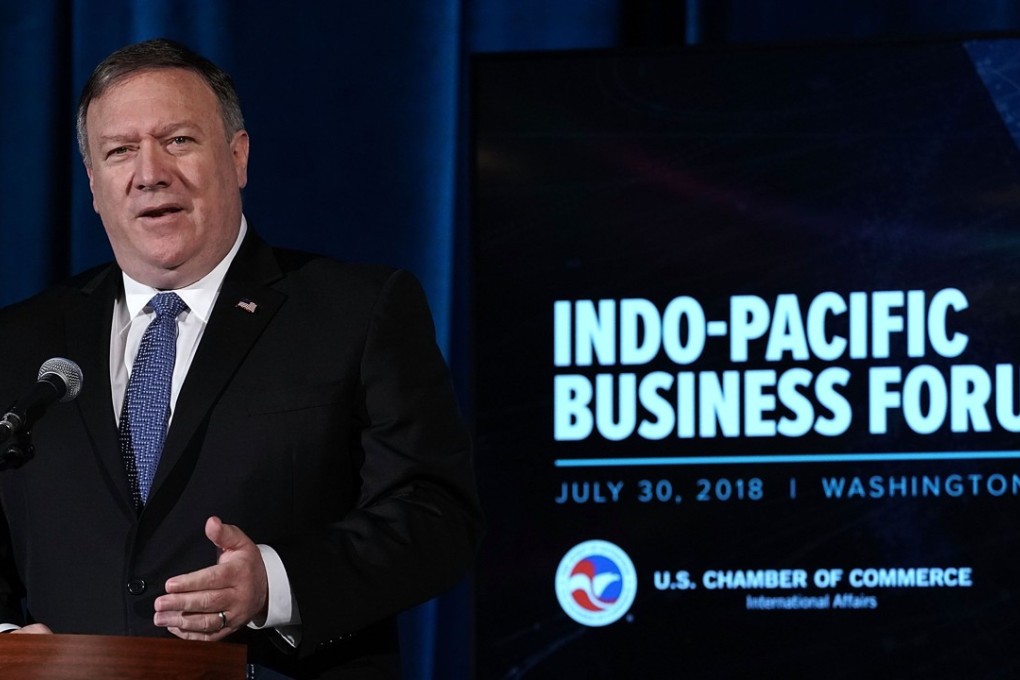Advertisement
The View | The US-led plan to fight China’s ascendancy in Asia takes shape – but can Washington fund it?
Anthony Rowley says that, under the direction of Secretary of State Mike Pompeo, the once-scattershot Trump administration now appears to have an overarching goal of halting China’s quest to dominate Asia
Reading Time:4 minutes
Why you can trust SCMP

When Donald Trump withdrew the US from the Trans-Pacific Partnership (TPP) in 2017 he appeared to open the door to Chinese domination of the Asia-Pacific. Now, his administration seems intent on redressing this strategic blunder by resorting to a kind of economic warfare against China while courting other Asian nations.
Washington's latest moves, spearheaded by Secretary of State Mike Pompeo, appear to be aimed at a potential Chinese vulnerability – its reliance on trade surpluses and strong foreign exchange reserves to help finance Beijing's overseas power projection.
Trump tariffs, directed at China in particular, threaten to reduce not only China's export earnings but also its ability to generate the foreign exchange reserves which are a major component in financing President Xi Jinping's Belt and Road Initiative. This could undermine China's growing geopolitical and economic outreach in Asia.
Advertisement
Pompeo and other senior US administration officials have meanwhile launched a kind of public relations blitzkrieg (from Washington and Manila) in what they term the “Indo-Pacific” region, with the apparent intention of proving that the US is in the process of making a big comeback following Trump's withdrawal from the TPP and, some feared, from Asia.
The term “Indo-Pacific” has become part of Trump speak to suggest that the heart of Asia (also embracing Australasia) is the Indian Ocean, as distinct from a China-centred Asia-Pacific region, and that this will become the focus of East-West economic and security cooperation from here on.
Advertisement
Select Voice
Choose your listening speed
Get through articles 2x faster
1.25x
250 WPM
Slow
Average
Fast
1.25x
